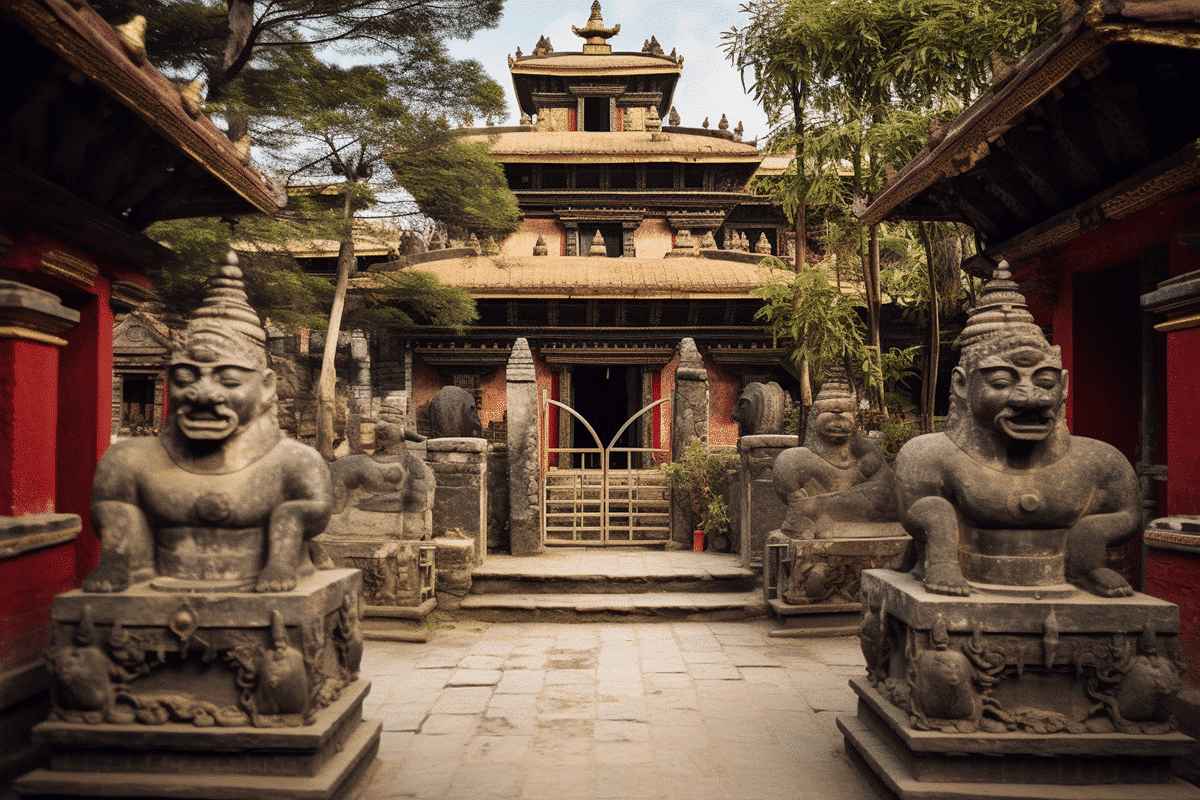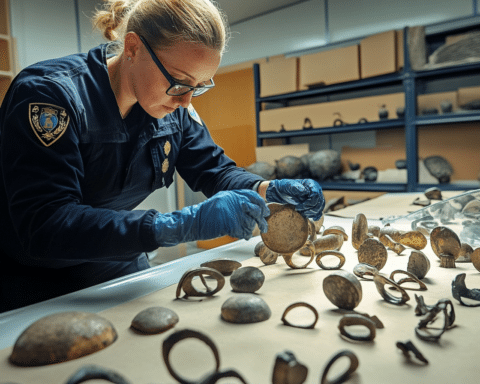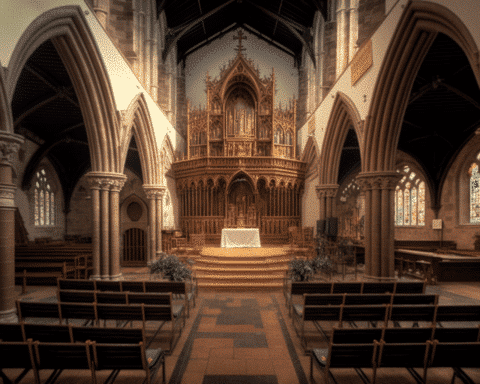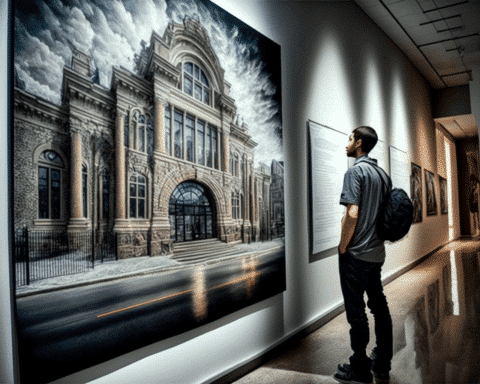In the bustling city of Kathmandu, Nepal, a remarkable discovery has unfolded within the ancient walls of Itumbaha, a venerable Buddhist monastery. Here, hidden beneath years of neglect, a treasure trove of religious artifacts has emerged, heralding a physical reclamation and an emotional and spiritual homecoming for a community long stripped of its cultural heritage. The revival of these treasures, juxtaposed with the return of artifacts from prominent U.S. museums, encapsulates a narrative of loss, recovery, and hope that resonates far beyond the monastery’s storied corridors.
Rediscovery and Repatriation
“It was almost like a rebirth,” expressed Pragya Ratna Shakya, president of the Ithum Conservation Society, describing the unfolding drama of rediscovery at Itumbaha. This resurgence was ignited by the return of two sculptures from over 7,500 miles away, prompting a deeper exploration into the monastery’s obscured collection. As Swosti Rajbhandari Kayastha, a museologist involved in the project, aptly put it, “buried in layers of dust and dirt and mud and sand,” these objects awaited their moment of revival.
The process was catalyzed by restoring a 13th-century wooden temple carving by the Metropolitan Museum of Art and two Nepalese wooden carvings by the Rubin Museum of Art. This goodwill gesture marked a significant step in the global movement to repatriate cultural heritage, a cause championed by activists and scholars alike. “It’s so important to prevent future thefts to be able to say: ‘Hey listen, this was in the house collection as of (this) date,’” stated Jorrit Britschgi, the executive director of the Rubin Museum, emphasizing the need for diligent provenance research.
A Museum for the People
These efforts culminate by establishing a new museum within Itumbaha’s precincts. Over 150 artifacts spanning six centuries are now exhibited, narrating the tumultuous history of antiquities looting in Nepal. This initiative, however, is more than a static display; it is an active center of research, cataloging, and education, where the community’s past is re-engaged and its traditions resurrected.
Yet, the museum faces criticism from some quarters. Nepali heritage activists argue that the Rubin Museum’s involvement in financing the project serves as a smoke screen for its more extensive obligations towards scrutinizing the provenance of its collection. Despite this, the collaborative effort has brought these artifacts back into the public domain, restoring the objects and the associated cultural rituals to the local community.
The story of Itumbaha’s reclaimed treasures is a testament to the enduring spirit of a people determined to restore their cultural identity. It serves as a reminder of the vital importance of preserving heritage, not just for history’s sake but for the living breath of culture it represents. As this 11th-century monastery enters a new chapter, the artifacts it now houses stand as symbols of resilience and hope, encapsulating the Nepalese adage, “Give back our gods.”




